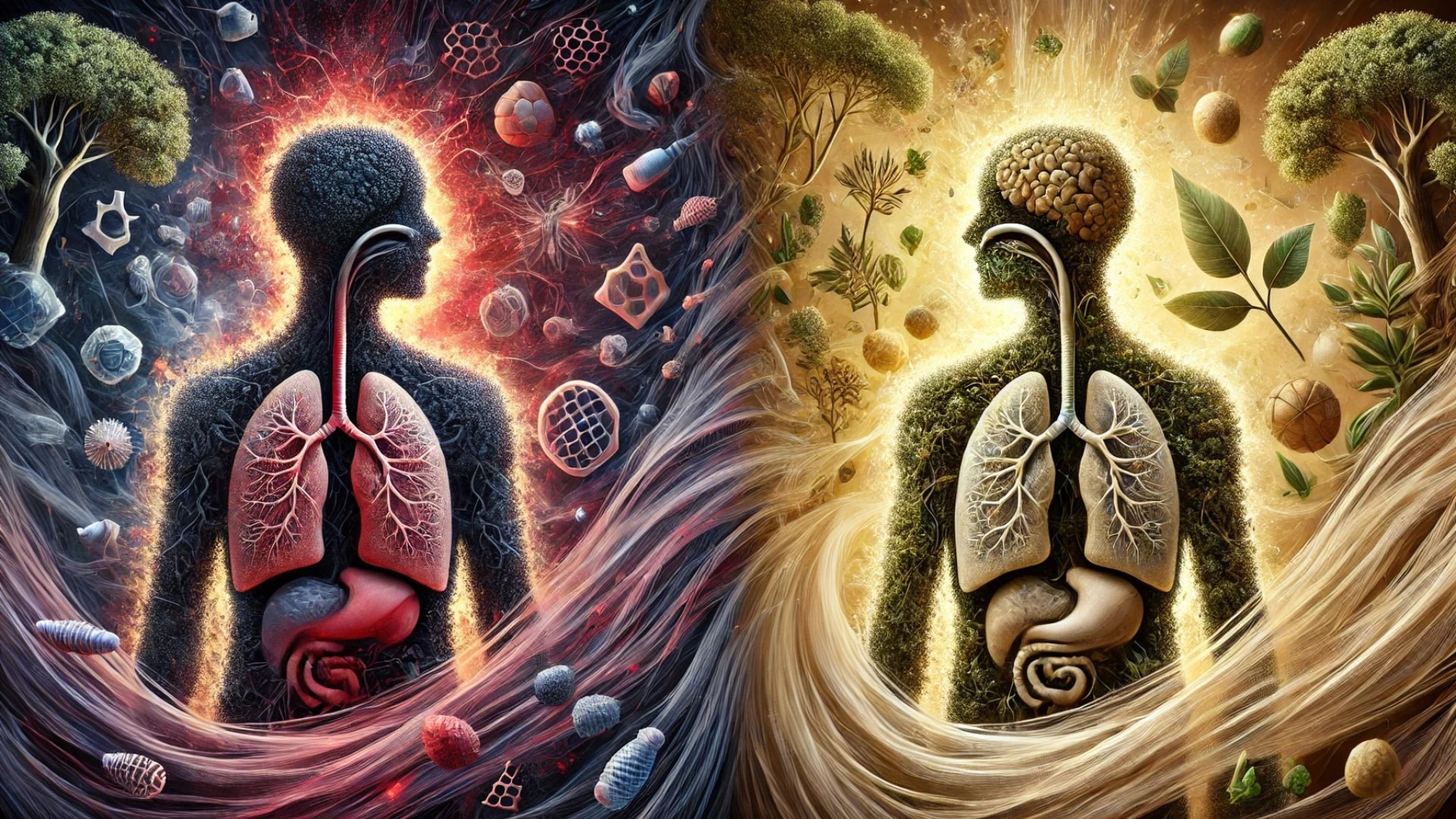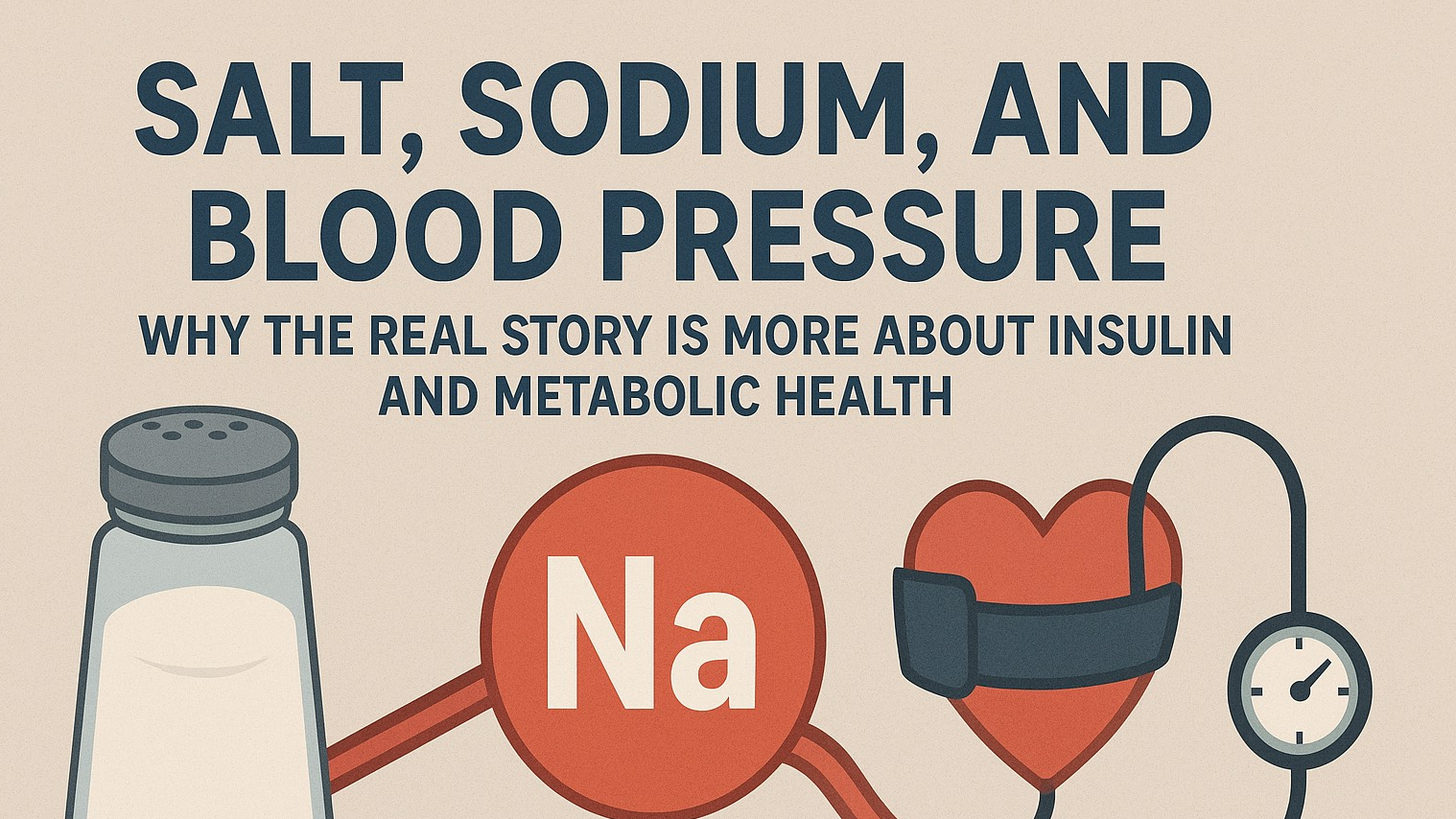
Why Rethink Petroleum-Based Clothing? The Hidden Costs to Health & Planet
Modern wardrobes are dominated by synthetic fabrics like polyester, nylon, acrylic, and spandex. These materials, derived from fossil fuels, are widely used due to their affordability, stretch, and easy maintenance. But beneath their convenience lies a trail of harm—to human health, the environment, and our future. Here's a deeper look at why it’s time to rethink what we wear.
🧠 The Human Health Toll
Microplastics in the Body
What happens: Every time synthetic garments are worn or washed, they release microplastics—tiny plastic fibers invisible to the naked eye.
Where they go: These particles infiltrate our environment, entering water, air, food—and eventually, our bodies. Studies have confirmed plastic particles in human blood (at an average of 1.6 μg/mL), lungs, and even placental tissue.
Health impact: Microplastics can trigger inflammation, oxidative stress, and disrupt gut microbiota. They may impair lung function when inhaled and affect gut–liver signaling pathways. Ongoing exposure is linked to metabolic dysfunction, immune dysregulation, and possibly cognitive and neurological effects.
Hormonal Havoc from Endocrine Disruptors
Plastic-based clothing often contains harmful chemicals like:
Phthalates (plasticizers)
Bisphenol A (BPA)
Nonylphenol ethoxylates (NPEs)
Impact on the body: These substances act as endocrine-disrupting chemicals (EDCs), interfering with hormonal regulation. Research shows links to:
Reproductive challenges (infertility, menstrual irregularities)
Thyroid dysfunction
Increased risks of breast and prostate cancer
Metabolic syndrome and obesity
Micro- and nanoplastics also serve as carriers, ferrying these EDCs deeper into tissues and organs—including the brain, thyroid, ovaries, and testes—amplifying their harmful potential.
Skin Sensitivities and Allergies
Many synthetic garments are chemically treated with:
Dyes and color fixatives
Flame retardants
Anti-wrinkle agents (including formaldehyde)
Result: These additives can trigger allergic reactions, contact dermatitis, or chronic skin irritation, particularly in those with sensitive skin, eczema, or chemical sensitivities.
🌍 Environmental Devastation
Carbon Emissions from Production
Synthetic fiber manufacturing is one of the most energy- and carbon-intensive industrial processes.
Producing 1 kg of polyester emits up to 9.52 kg of CO₂
With over 50 million tons produced annually, synthetic textiles contribute massively to global greenhouse gas emissions—far surpassing many natural fabrics like organic cotton.
Microplastic Pollution & Ocean Contamination
A single wash of synthetic clothing can release over 700,000 microfibers into wastewater. Most sewage treatment plants cannot capture these particles, allowing them to flow directly into rivers, oceans, and eventually the food chain.
60%+ of oceanic microplastics are estimated to originate from synthetic textiles
Marine animals ingest these fibers, which bioaccumulate—leading back to our plates
These persistent microplastics also contaminate soil, impacting agricultural health and crop integrity.
Waste & Fast Fashion Fallout
Cheap petroleum-based clothing is the backbone of fast fashion—encouraging overconsumption, rapid turnover, and premature disposal.
These garments are often poorly made, with shorter lifespans
Most end up in landfills or are incinerated, releasing toxins and more CO₂
Synthetic fabrics are non-biodegradable, taking centuries to break down, all while releasing microplastics along the way
✅ Healthy, Sustainable Alternatives
Transitioning to natural fabrics is a win for both your health and the environment. Here's how to make the switch with smarter, certified options:
Category |
Recommended Material |
Benefits |
Example |
Everyday Underwear |
95% Organic Cotton + 5% Spandex |
Breathable, hypoallergenic, soft, durable |
Quince Organic Cotton Bikini (6-Pack) |
Basics & Tees |
100% GOTS-Certified Organic Cotton |
Non-toxic, biodegradable, pesticide-free |
PACT, Kotn, Organic Basics |
Loungewear & Linens |
European Linen |
Naturally antimicrobial, breathable, fully compostable |
Linenfox, MagicLinen |
Soft Layers |
TENCEL™ Lyocell (Micromodal) |
Wood-pulp based, low-impact, biodegradable |
Boody, Amour Vert |
Warm Layers |
Mongolian Cashmere or Merino Wool |
Natural insulation, temperature-regulating, long-lasting |
Everlane, Naadam |
Denim & Outerwear |
100% Organic Cotton Denim |
Durable, lower chemical use, eco-friendly dyes |
Nudie Jeans, Thought |
Tip: Always look for third-party certifications like:
GOTS (Global Organic Textile Standard)
OEKO-TEX Standard 100
Bluesign®
These ensure minimal chemical residues, ethical sourcing, and responsible manufacturing.
🌱 Conclusion: The Power of a Conscious Closet
Synthetic clothing may seem harmless, but the science is clear: from microplastic accumulation in our organs to long-term endocrine disruption and environmental destruction, petroleum-based fabrics pose serious risks.
By making thoughtful swaps—choosing organic cotton over polyester, natural wool over acrylic—you protect your body, support sustainable farming, and drastically reduce your carbon footprint.
Start small. Replace your underwear, upgrade your everyday tees, and look for trusted certifications. A plastic-free wardrobe isn't just a trend—it's a step toward a healthier, more sustainable future.
 Add Row
Add Row  Add
Add 










Write A Comment